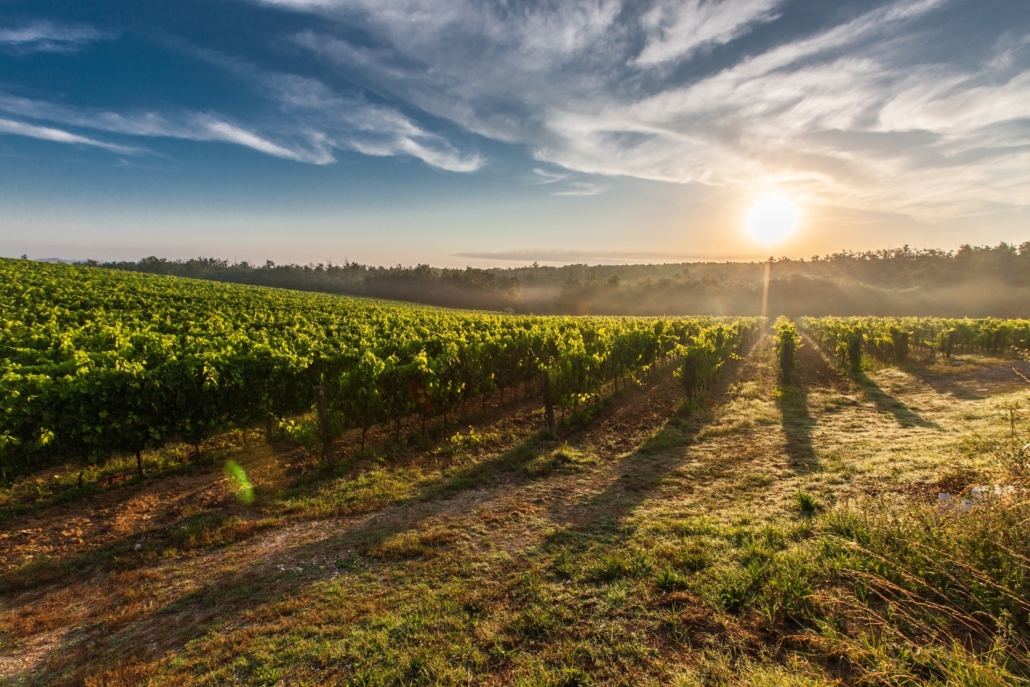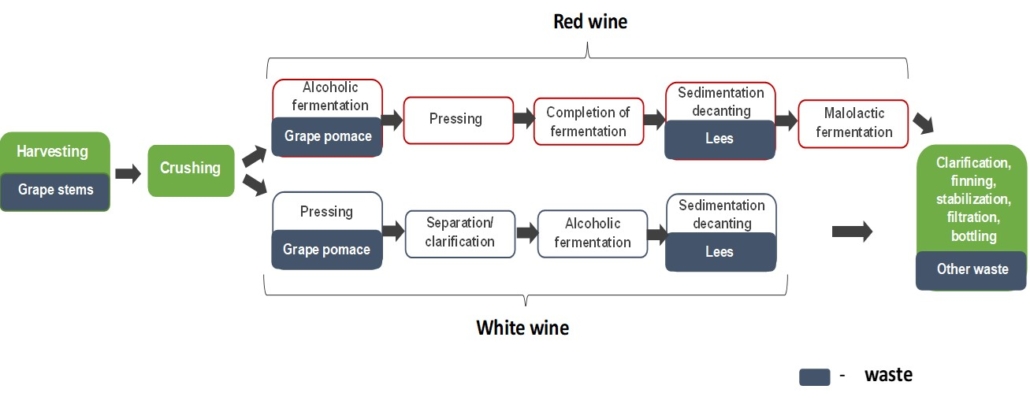Sustainable Living: Caring for One’s Well-Being as well as That of the Planet
When we discuss sustainability, our focus is usually on corporations and governments; how they can decrease their negative impact on the environment / society and boost sustainable development and transformation. As single individuals, our environmental footprint may be quite low compared to those of institutions (such as companies); however, we can still make contributions in change towards a more sustainable future by making adaptations in our lifestyles and leading a (more) sustainable living.
Sustainable living can be defined as “understanding how our lifestyle choices impact the world around us and finding ways for everyone to live better and lighter.” [1]. It is an approach to decrease one’s demand on natural resources by, for example, stopping to use a certain product or service that is produced and delivered through unsustainable ways and have a huge negative impact on our planet; or by making behavioral changes in one’s everyday life to decrease one’s ecological footprint.
Sustainable living is closely related to the concept of sustainable consumption, which means “the use of goods and services that respond to basic needs and bring a better quality of life, while minimizing the use of natural resources, toxic materials and emissions of waste and pollutants over the life cycle, so as not to jeopardize the needs of future generations.” [2]
The importance of sustainable consumption in achieving sustainable development is so important that it also appears in one of the 17 Sustainable Development Goals (SDG) of the United Nations (UN). SDG 12: Responsible Consumption and Production pursues “ensuring sustainable consumption and production patterns” and “doing more and better with less”. [3]
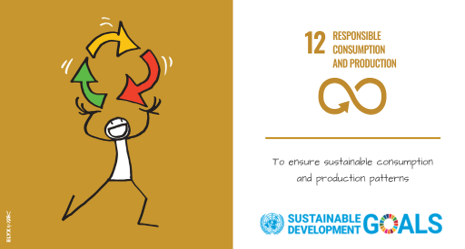
According to a few facts presented by the UN;
- “Each year, an estimated one-third of all food produced – equivalent to 1.3 billion tonnes worth around $1 trillion – ends up rotting in the bins of consumers and retailers, or spoiling due to poor transportation and harvesting practices.
- If people worldwide switched to energy-efficient light bulbs the world would save US$120 billion annually.
- Should the global population reach 9.6 billion by 2050, the equivalent of almost three planets could be required to provide the natural resources needed to sustain current lifestyles.” [3]
A simple online research on ‘how to lead a more sustainable life’ gives various ideas for small lifestyle changes that can change one’s impact on the planet for the better.
One example would be to decrease the consumption of animal-based products in one’s diet, which would not only boost one’s own health, but also that of the planet.
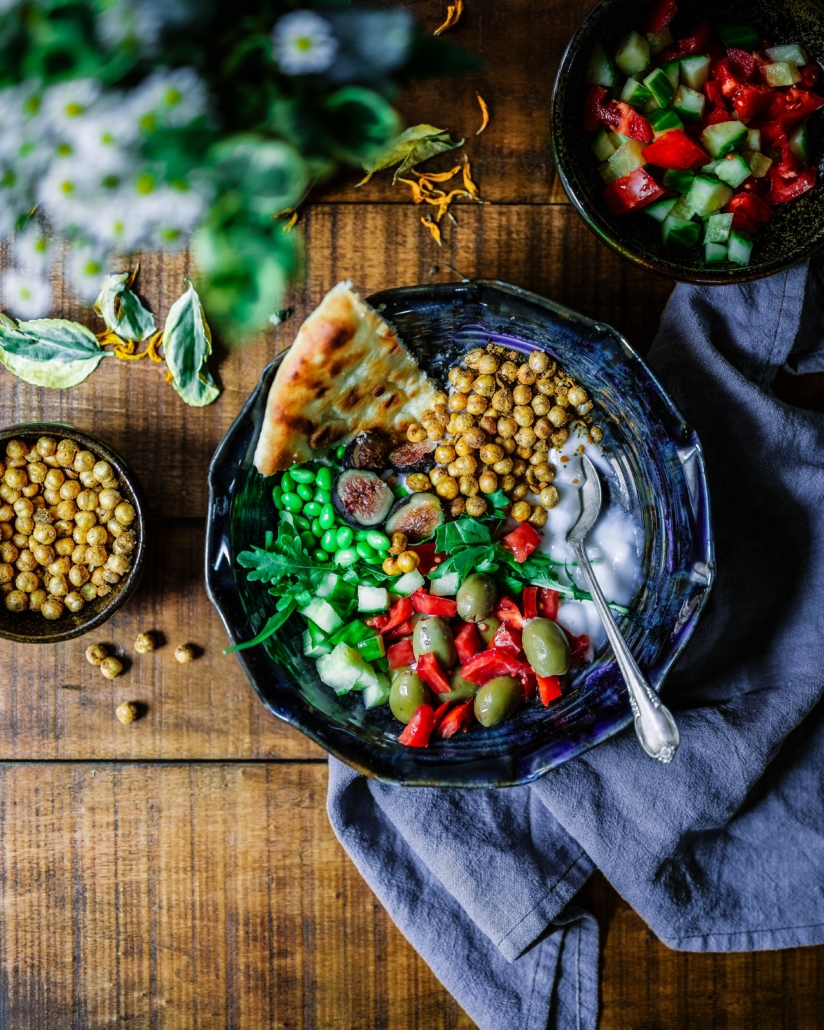
According to Dr. Michael Greger’s videos on Which Foods Have the Lowest Carbon Footprint? and Diet and Climate Change: Cooking Up a Storm “In California, including more animal products in your diet requires an additional 10,000 quarts of water a week. That’s like taking 150 more showers each week. Instead of eating meat every day, if you skip meat on weekdays, you could conserve thousands of gallons of water a week and cut your daily carbon footprint and total ecological footprint by about 40 percent.” [4] “The foods that create the most greenhouse gasses appear to be the same ones that contribute to many of our chronic diseases, such as heart disease, type 2 diabetes, and hypertension.” [5]
Another example would be to stop contributing to the growth of the fast-fashion industry and shopping for what is really needed and going for sustainable brands or second-hand clothes. The fashion industry is indeed known as one of the main pollutants of our planet. According to the Deutsche Welle Documentary on Fast fashion – The shady world of cheap clothing, “Our planet is being swamped in clothes with some 56 million tons sold every year. The number sold in Europe has doubled since the turn of the millennium”. [6]
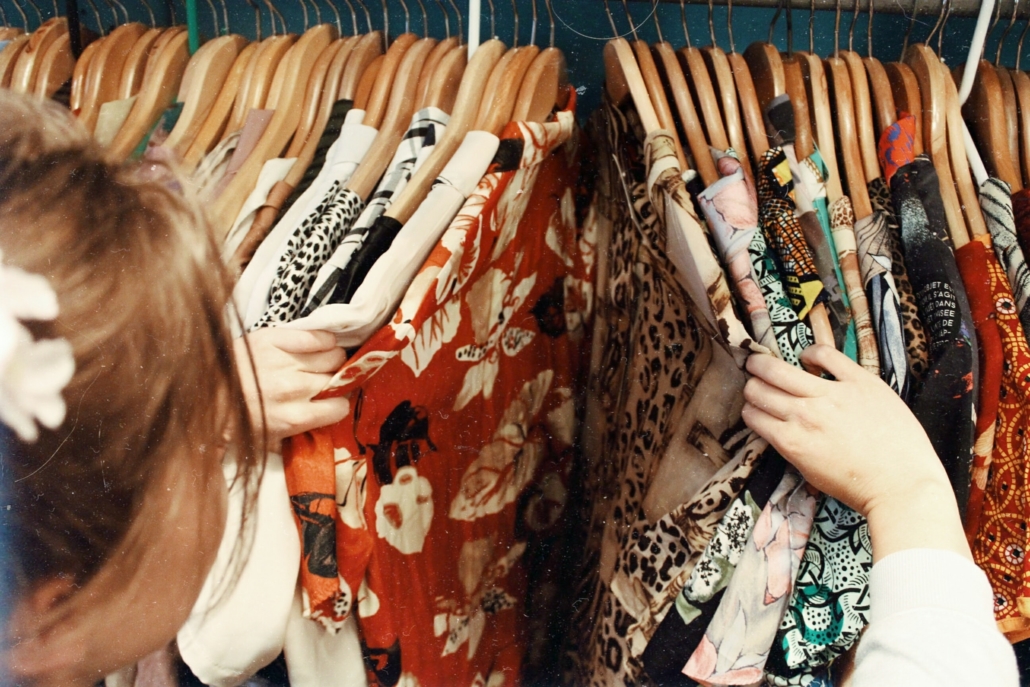
According to Prof. Nikolay Anguelov, who presents interesting facts in the documentary, it is estimated that “by 2030 the industry will expand by an additional 60 percent”, which is very worrying considering, among many other issues, the amount of dumped clothes every year. Indeed, as Prof. Anguelov puts it, “Fast fashion is the commerce of very inexpensive clothing that you are expected, or you are ready to replace very rapidly. It’s very typical for the fashion forward buyer to never wear an outfit that they purchased. You will wear something once or twice or maybe never.” [6]
It is important that each individual is aware that one’s actions and choices do have an impact on climate change -among many other social and environmental challenges we experience today- and gets informed about the small changes he/she can make for a more sustainable lifestyle. To start with, the World Wide Fund for Nature (WWF) presents a footprint-calculator, a questionnaire through which one can calculate his/her individual ecological impact and makes the first step towards a more sustainable living.
Written by Ela Kurtcu, Global Impact Grid
References:
[1] https://www.unep.org/explore-topics/resource-efficiency/what-we-do/sustainable-lifestyles
[2] https://www.sciencedirect.com/topics/economics-econometrics-and-finance/sustainable-consumption
[3] https://www.un.org/sustainabledevelopment/sustainable-consumption-production/
[4] https://www.youtube.com/watch?v=IWKCvP1XCjA

